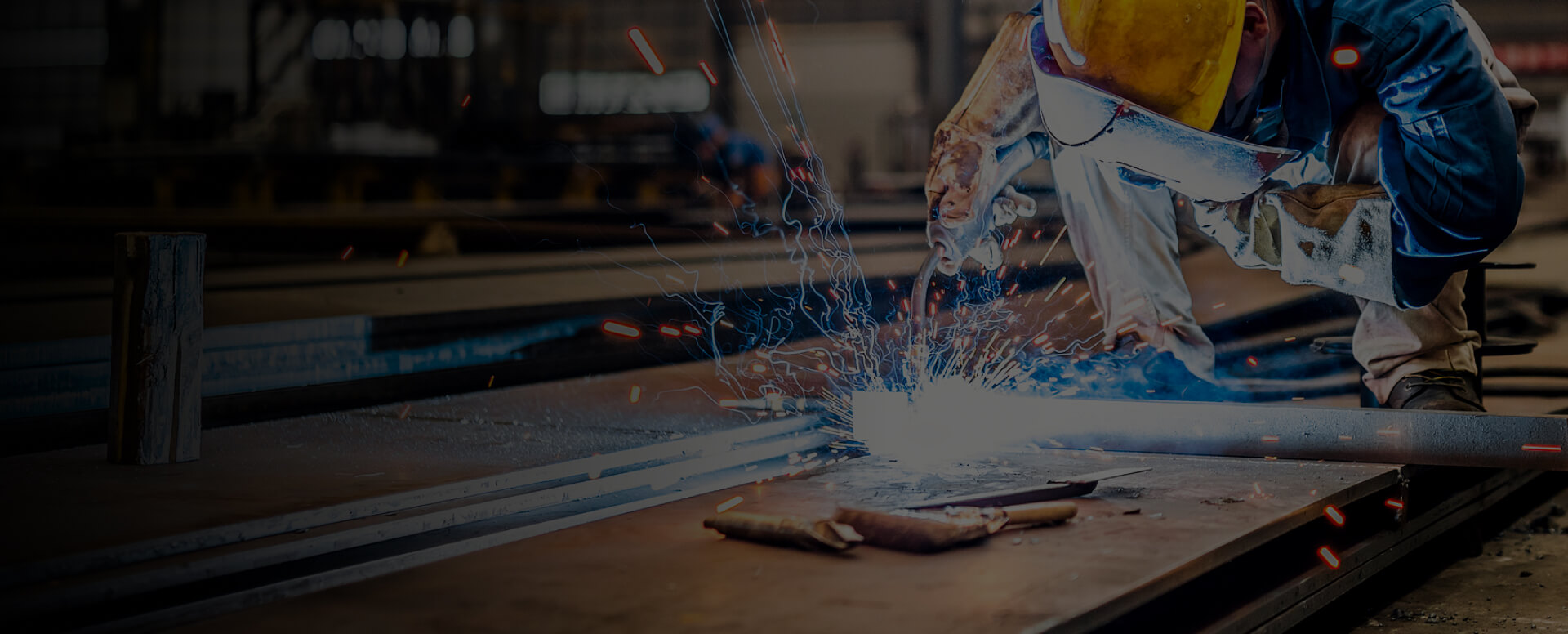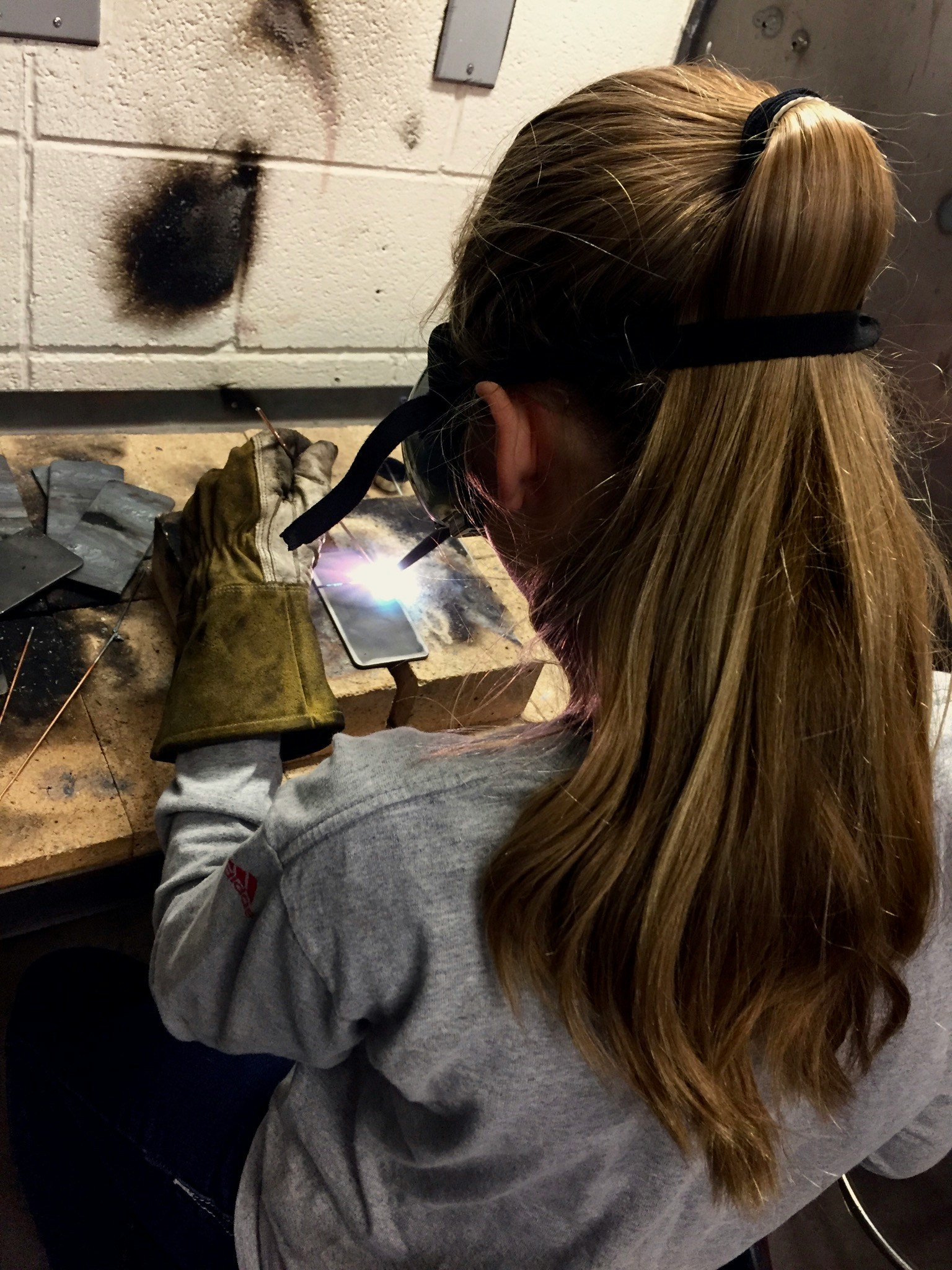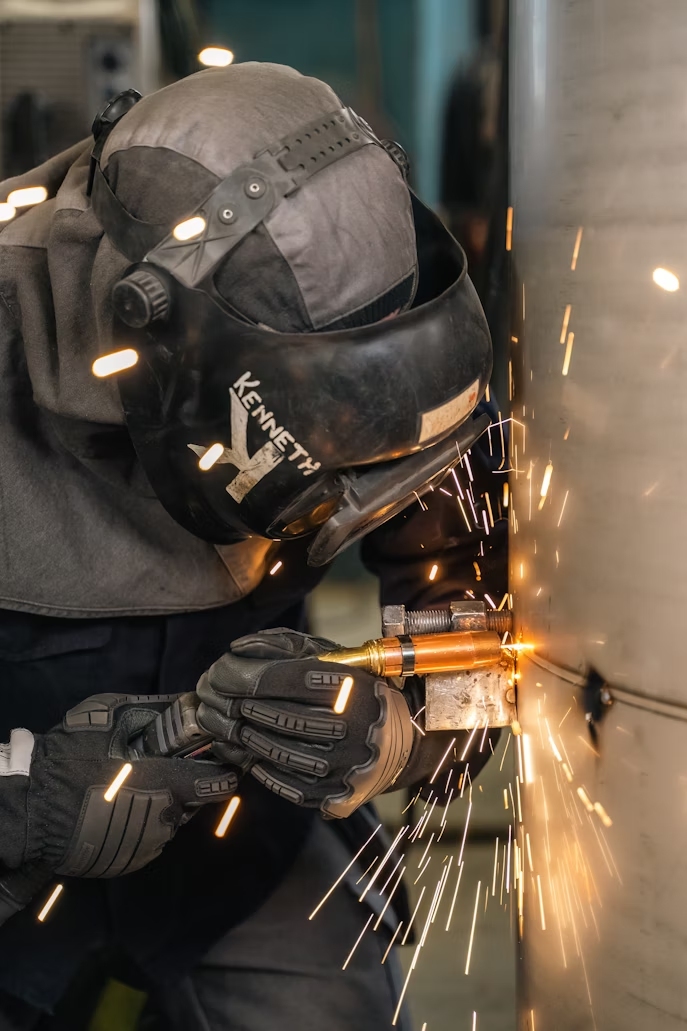
Is TIG Welding Waterproof? How TIG Creates Leak-Proof Joints?
Yes, TIG welds are considered waterproof when executed correctly. The TIG welding process (Gas Tungsten Arc Welding - GTAW) produces high-quality, precise welds characterized by minimal porosity and excellent fusion. This results in welds exhibiting superior resistance to water penetration, making TIG ideal for critical waterproofing applications.
What is TIG Welding?
TIG Welding (Tungsten Inert Gas), also known as Gas Tungsten Arc Welding (GTAW), utilizes a non-consumable tungsten electrode to generate an electric arc. An inert shielding gas (such as argon or helium) protects the weld pool from contamination, enabling the creation of clean, strong, and precise joints essential for waterproof seals.
How TIG Welding Creates Leak-Proof Joints: The Science Explained
Tungsten Inert Gas (TIG) or Gas Tungsten Arc Welding (GTAW) is the preferred process for critical leak-proof applications – from aerospace fuel tanks to undersea pipelines. But how does TIG generate such reliable seals? Here’s the breakdown of its core mechanisms.
1. Gas Shielding Purity: Eliminating Contamination
TIG relies on a continuous inert gas shield (argon/helium mix) surrounding the tungsten electrode, arc, and molten weld pool. This shield:
→ Blocks atmospheric gases (oxygen, nitrogen, hydrogen).
→ Minimizes weld porosity – preventing microscopic air pockets that create leak paths.
→ Reduces oxidation & slag – resulting in cleaner, defect-free welds with fewer corrosion initiation points.
2. Precise Heat Control: Optimizing Fusion & Penetration
TIG offers unmatched arc stability and heat input control via a foot pedal or fingertip amperage adjustment. This enables:
→ Full fusion at the joint root – ensuring base metals melt uniformly to eliminate gaps ("lack of fusion" defects).
→ Controlled penetration depth – preventing burn-through while ensuring the weld seals the entire joint thickness.
→ Reduced distortion & stress – shrinking the heat-affected zone (HAZ) to avoid stress cracks, a common leakage source.
3. Process Characteristics: Clean Starts, Smooth Finishes
TIG’s design mandates:
→ Immaculate base metal prep – oils, rust, or paint must be removed pre-weld to prevent contaminants causing weak spots.
→ Near-zero spatter & slag – producing smooth, uniform bead profiles ("cosmetic welds") without surface irregularities that trap moisture.
→ Consistent travel speed – maintaining steady heat distribution prevents undercutting (edge grooves that leak).
4. Critical Technique: Back Purging for Reactives
For reactive metals (stainless steel, titanium) or sealed structures:
→ Inert gas floods the weld’s backside – preventing oxygen contact with the molten root.
→ Eliminates sugaring – porous, oxidized backsides that compromise seal integrity.
→ Ensures 360° gas coverage – making root zones as dense and leak-proof as the weld face.
Key Factors for Guaranteed Leak Resistance
| Factor | Impact on Seal Integrity |
| 100% Gas Coverage | Prevents porosity by shielding the molten pool |
| Operator Skill | Ensures consistent bead profile and joint fusion |
| Back Purging (Reactives) | Stops root oxidation in stainless/titanium |
| Post-Weld Testing | Validates integrity via dye penetrant/pressure tests |
Related Articles

Mastering MIG And TIG Welding: 5 Essential Torch Techniques for Flawless Results
Welding is an art that combines precision, skill, and a deep understanding of materials. Whether you're an experienced professional or a beginner, refining your torch techniques in MIG and TIG welding can elevate your work from functional to exceptional. Here are five key methods to help you achieve

Plasma Welding: The Ultimate Guide To High-Speed Precision Welding
Discover how plasma welding delivers speeds 10 times faster than traditional methods, reaches temperatures of 30,000°C, and achieves an efficiency of 90-95%. Ideal for aerospace, automotive & medical industries.How Plasma Welding WorksPlasma welding initiates when an electric arc ionizes inert gas (

MIG Vs TIG Welding: Which Process Is Right For Your Project?
MIG welding offers beginner-friendly speed on thicker metals. TIG welding delivers precision on thin metals. Compare costs, speeds, applications & choose wisely.IntroductionMIG (Metal Inert Gas) and TIG (Tungsten Inert Gas) welding serve distinct purposes. MIG excels at rapid, cost-effective welds o

Which Weld Is The Strongest?
Choosing the optimal welding technique requires understanding different process characteristics. Here's a breakdown of key methods:1. Gas Metal Arc Welding (GMAW / MIG Welding)•What it is: A semi-automatic or automatic process using a continuous, consumable wire electrode and shielding gas.•Key Bene

